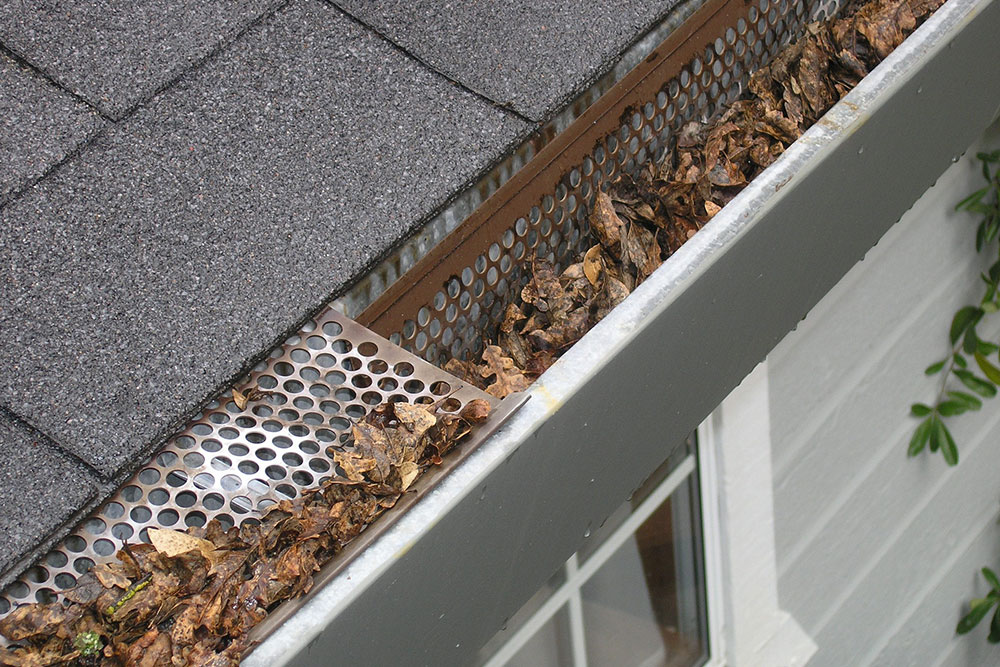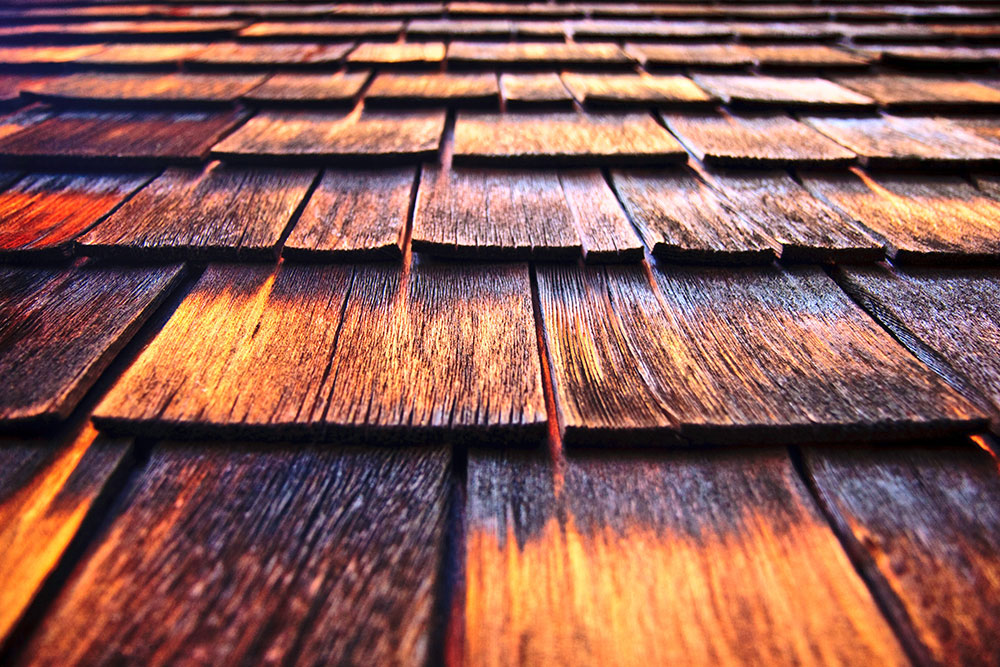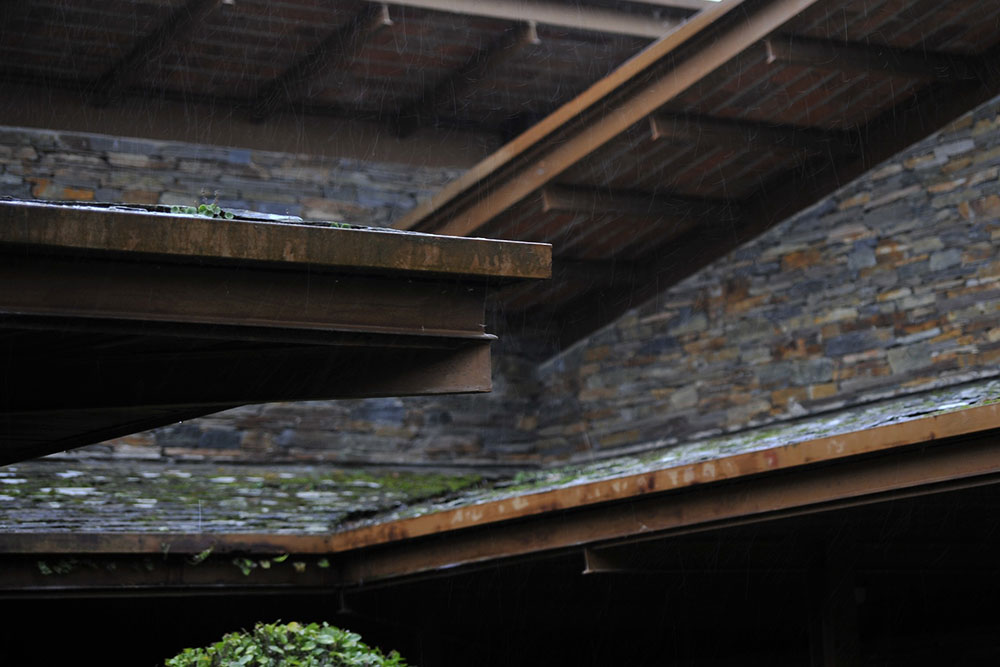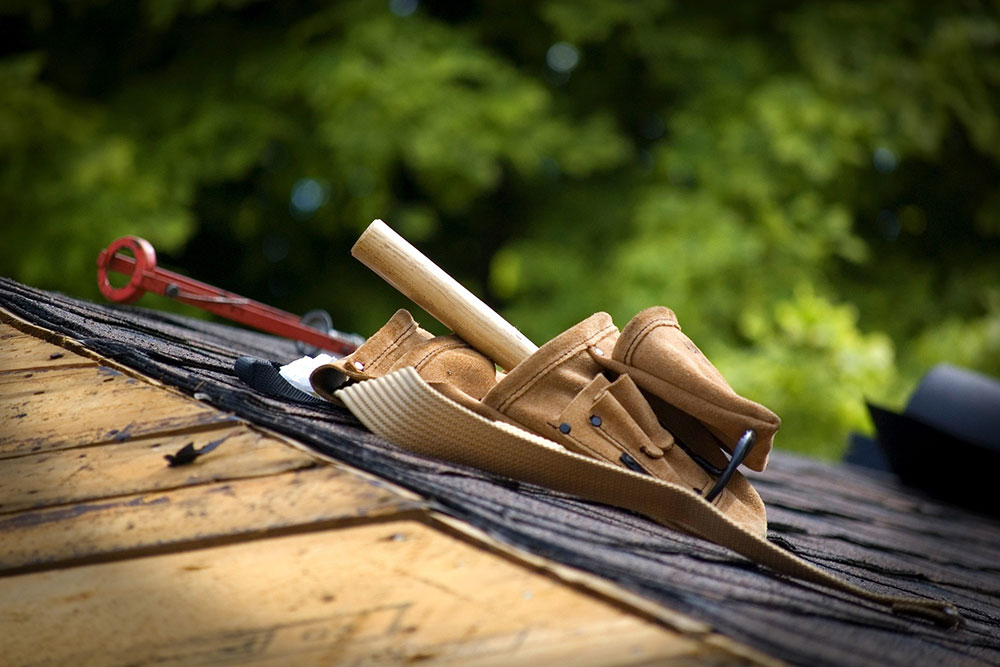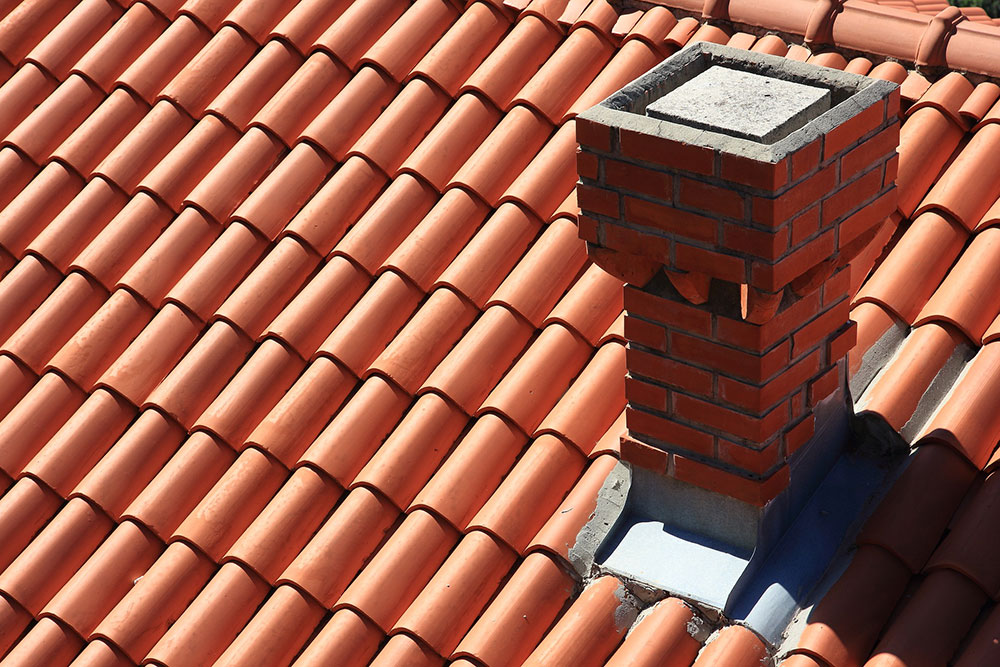There isn’t a micro climate on planet Earth that hasn’t dramatically changed over the past decades. In most cases, violent weather conditions are ever more frequent and the storms have more destructive power to them. Heavy snowfall and stronger rainstorms can take their toll on your roof. In order to be fully ready for the next big storm, you have to make sure that your roof doesn’t have any holes in the structure. Furthermore, you have to replace any faulty parts, like gutters, flashings, and spouts.
Learning How to Spot a Problem
There is a limited number of roof issues that you can spot from ground level. If you notice a black residue in the drain that means that the outer layer of shingle is getting washed away so they are ripe for replacement. Even more obvious are the broken tiles that fell off the roof. They usually indicate the need for an emergency repair. However, you will best be able to assess the condition of your roof once you go up. A visual inspection is sufficient to spot an issue with the roof in most cases.
Gutters: a Simple Cleaning Job
We have good news for you. Very often, a leaking roof doesn’t actually need repairs, but merely cleaning. If a pond forms on top of your house, the likely culprit is clogged gutters. Anything can obstruct them, from a stray baseball to a pile of leaves but their cleaning is a fairly simple process.
For starters, you mustn’t be afraid of heights. After that, all you need are ladders and a broom or gloves. Lean the ladders against the side of the house, all the while taking care that they are set on flat, even ground. Once you’re at the same level as the gutters, simply take all the debris out and throw it to the ground. Go around the entire house and don’t forget to reposition the ladder as often as necessary. Falling from the ladder is a real risk if you lean out too much!
The State of the Shingles
Tiles or shingles make for the largest section of the roof. They need to be in pristine condition if they are to withstand heavy rainfalls or hailstorms. One missing tile and the entire structural integrity of the entire roof is jeopardized, so you need to replace it immediately. Also, if there is moss on top of the tiles, be free to scrape it off, because it clogs the channels that direct the water downwards. Furthermore, if you hear shingles clinking in the wind, then they are probably loose and need to be tightened or bolted down.
Flat Roofs and the Pooling of Water
We have already mentioned the danger of water sticking on the roof and forming a pool due to clogged drains. There are several reasons why this might happen. If you have a flat roof then the drainage needs to be impeccable. If a pool of water remains on the roof long enough, it will doubtlessly find its way inside the house, even if the roof is waterproofed.
Here is a very important piece of advice: allow the rainwater to freely flow toward the ground. The main role of the roof is to successfully channel water and that is why every little piece needs to be in excellent condition.
Replacing Faulty Parts
The support beams underneath the visible parts of the roof are made out of wood and the tiles themselves are resistant to impact. The most vulnerable parts of the roof are the metal parts around the gutters, like:
- Spikes
- Over straps
- Brackets
They are fairly easy to get damages and should be replaced immediately. For instance, you might think that a loose over strap is not a big problem, but the next heavy shower could cause the entire downspout to detach from the house. In other words, replacing external gutter brackets is just as important as replacing missing tiles or cleaning the gutters.
An Inside Job
So far we only spoke about what you can do from the outside of the roof but there is a lot that can be done from the inside. The under-construction of the can serve as an excellent indicator of water damage. If you see a beam soaked with water, you that there is a problem in that area. Furthermore, if the roof starts to sag you know you have a serious issue at hand. A sagging roof most probably won’t survive the next storm. Also, take a good look at the walls up in the attic. Any drip there will eventually transfer to the rooms below.
The Importance of Flashings
Unless there are many tiles missing, the water problems you experience are most likely caused by a small leak. Such a leak is highly unlike to appear just anywhere, as the joints of the roof are the most vulnerable spot. We are speaking of faulty flashings that encircle all the openings in the roof, like:
- Air vents
- Skylights
- Chimneys.
If their installation had been sloppy, then small cracks will start appearing over time and water will find their way through. If you have mastered cleaning the gutters, then it’s time to take the next step, quite literally. Take a caulk and climb onto the roof to seal any minuscule openings in the flashing that can cause water damage. However, if you notice that the flashing underneath the original caulk is also damaged, then you should call professional. Although they might appear simple in design, flashings installation is a rather complex process.
Preventing Mechanical Damage
The closer the deciduous trees are to the house, the more leaves are going to clog up the drain and the gutters. However, vegetation poses a more imminent threat to the roof, as a storm with strong wind gushes has the power to break branches. If these land directly onto the roof, they can easily go through the tiles and end up stuck in your attic, causing thousands of dollars in damage. The best prevention against such a scenario is trimming the canopies of nearby trees regularly. Even a branch sagging in the wind can knock off a part of the gutter and we spoke how dangerous that can be. If you decide to trim the foliage yourself, be careful not to damage the roof or hit any power lines.
Conclusion
Like we have stated earlier while preparing the roof for heavy rainfall using the methods listed above, keep in mind the main purpose of a roof. If you know that a huge storm is on its way, think of how you can help rainwater get down from the roof and into the drain below without taking a detour inside your house.



